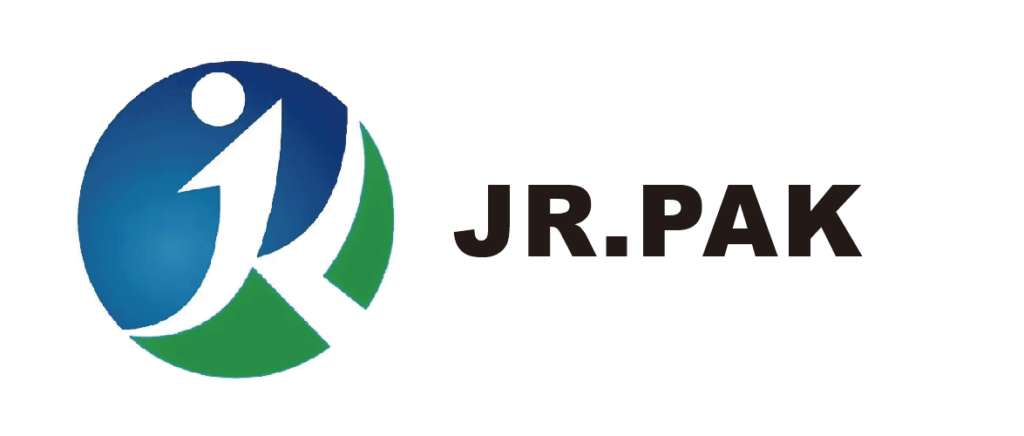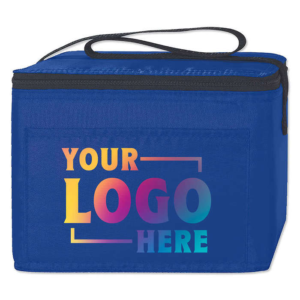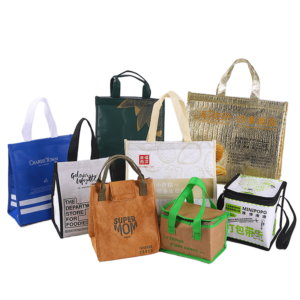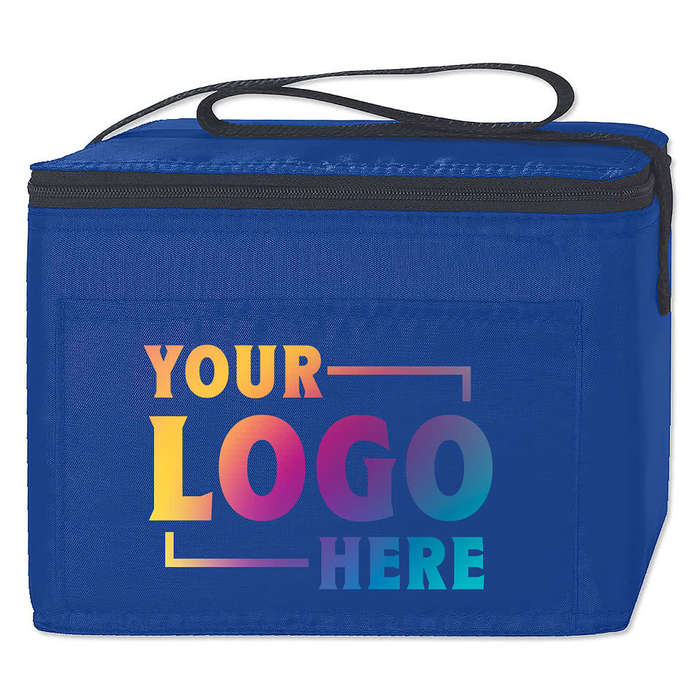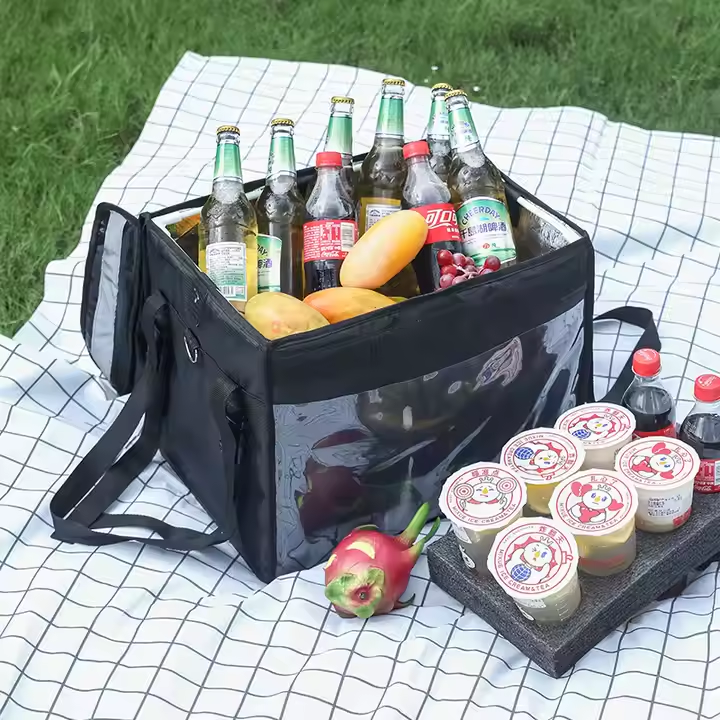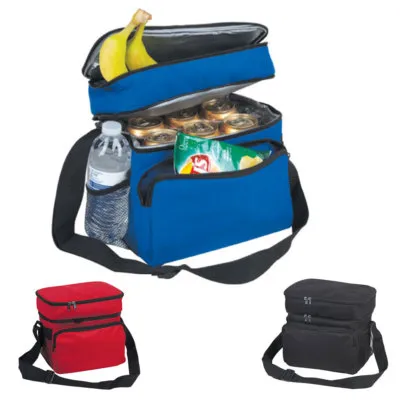Minimum Order Quantity (MOQ) strategies are critical for balancing supplier efficiency with buyer flexibility. This article outlines seven practical methods that foster mutual benefits—improving cost efficiency, communication, and long-term partnership stability.
7 MOQ Strategies That Benefit Both Buyer and Supplier
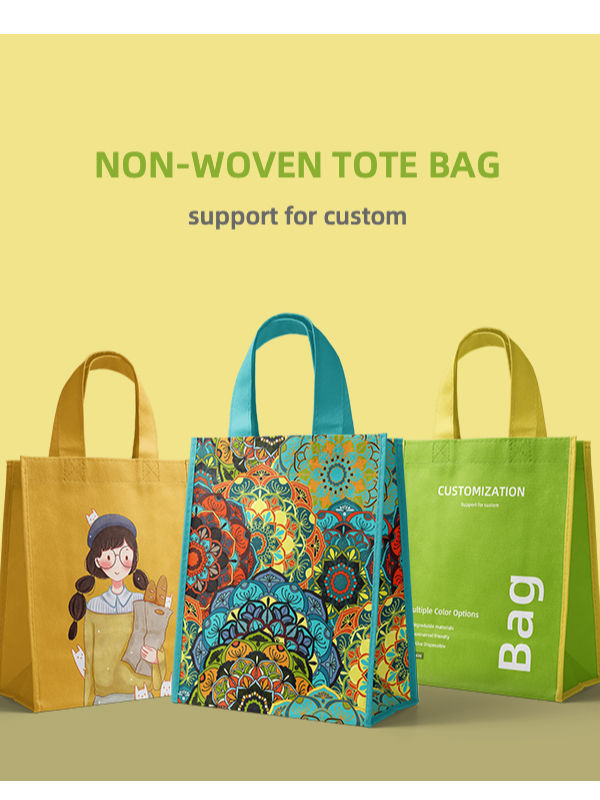
Effective MOQ strategies reduce waste, lower costs, and improve supply chain predictability for both buyers and suppliers.
Discover how you can optimize purchasing while helping suppliers stay efficient and profitable.
Bundle Orders Across Products or Departments
Buyers can combine orders from different departments or product categories to meet supplier MOQs without overstocking. This method supports cost-saving on unit prices and simplifies production for the supplier.
Benefits of Bundling Orders
| Buyer Advantage | Supplier Advantage |
|---|---|
| Lower unit costs | Streamlined production schedules |
| Reduced freight charges | Better utilization of raw materials |
| Improved inventory control | Lower setup and changeover costs |
Bundling is effective in multi-category purchasing, especially in retail or manufacturing companies with diverse SKUs. By sharing data across departments, buyers ensure aggregated demand meets MOQ thresholds. This fosters cooperation internally and supports supplier stability.
Utilize Standardized Components
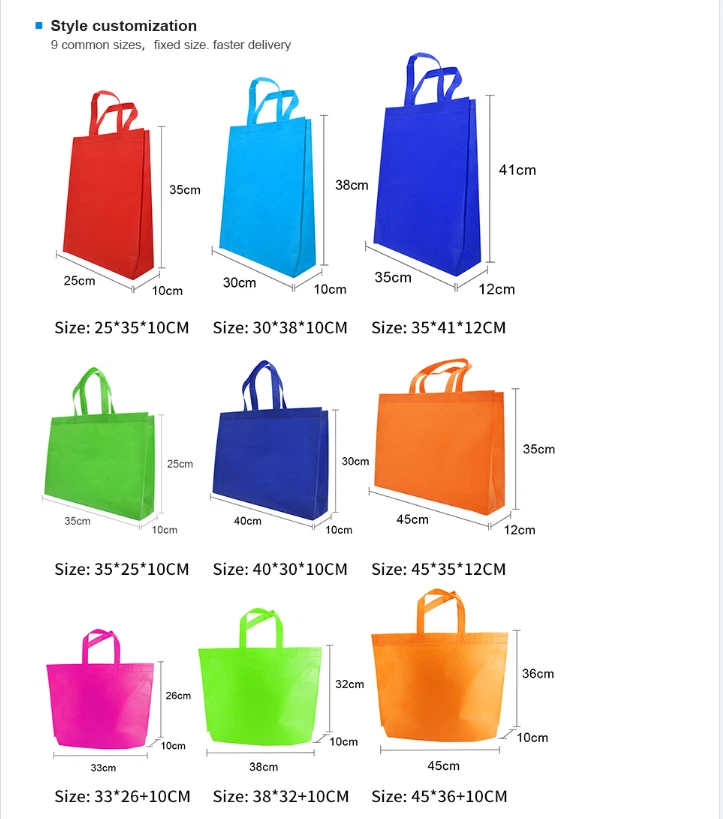
Using products that share common components allows suppliers to consolidate production and maintain efficient operations. Buyers gain flexibility in ordering and benefit from cost reductions tied to scale.
How Standardization Lowers MOQ
| Component Sharing Scenario | Outcome |
|---|---|
| Shared zippers or handles | Lower procurement volume needed |
| Common packaging materials | Reduced production complexity |
| Unified fabric types | Economies of scale in sourcing |
This approach works well for companies producing similar items in varied styles. Standardization also simplifies forecasting and reduces risk in inventory management for both parties. For example, many buyers choose to standardize on non-woven bags due to their eco-friendly materials and consistent design components.
Negotiate Flexibly With Suppliers
MOQ negotiation becomes easier when both sides understand each other's needs. Buyers might offer longer-term contracts or higher per-unit prices to access lower MOQs, while suppliers provide more flexible order terms.
Practical Negotiation Options
| Buyer Proposal | Supplier Response |
|---|---|
| Prepayment or deposits | Lower MOQ acceptance |
| Seasonal order commitments | Flexible delivery schedules |
| Price concessions | Willingness to accept smaller batches |
The key is to maintain open communication and align business goals. When suppliers feel supported, they're more likely to accommodate special requests, even on smaller volumes.
Leverage Technology for Inventory and Procurement
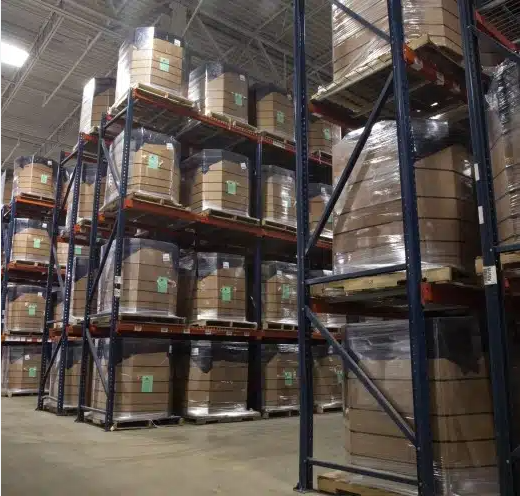
Automated inventory systems allow businesses to track demand in real-time and place optimized orders that align with both MOQs and consumption patterns. This ensures leaner inventory and better alignment with supplier capabilities.
Tools That Support Smarter MOQs
| Tool Type | Benefit |
|---|---|
| ERP systems | Automated order suggestions |
| AI-powered forecasting | Accurate MOQ planning |
| Inventory tracking software | Reduction of excess inventory |
These systems help buyers avoid overordering while giving suppliers stable, predictable demand. Technology builds a bridge between demand and production.
Order from Excess or Surplus Stock
Suppliers often hold canceled or overproduced items in stock. Buyers can purchase these at discounted prices, often with no MOQ or much lower thresholds.
Surplus Stock Purchase Advantages
| Buyer Advantage | Supplier Advantage |
|---|---|
| Lower costs | Quick inventory turnover |
| Faster delivery times | Reduced storage costs |
| Smaller required orders | Increased operational cash flow |
This strategy is especially useful for short-term promotions or seasonal needs. It also opens the door for first-time buyers to trial a new supplier with less financial risk.
Offer Volume-Based Incentives or Tiered Pricing
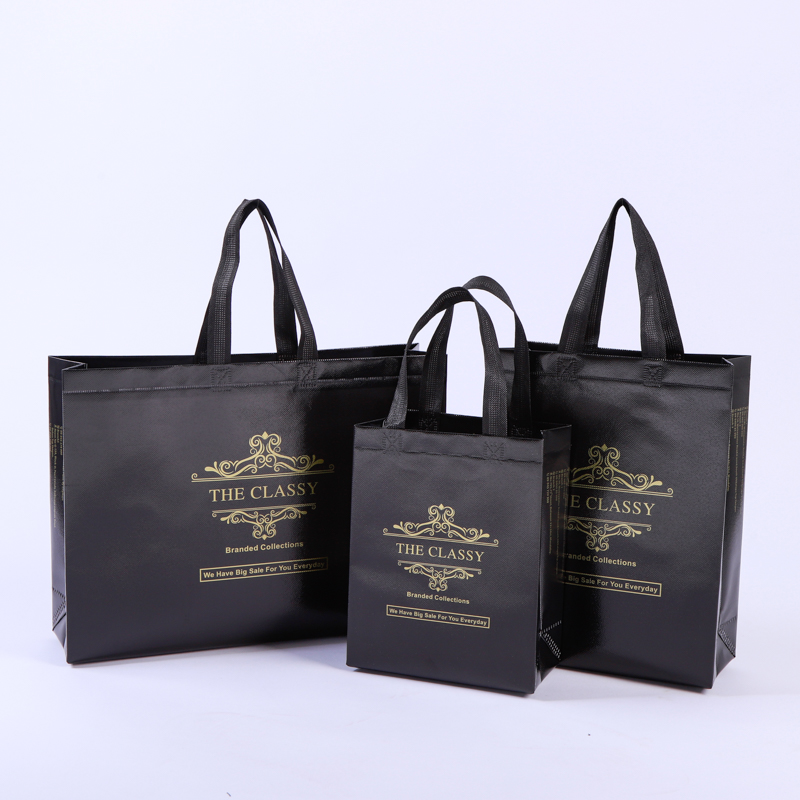
Suppliers can create tiered pricing models that reward larger purchases. This helps buyers plan for cost-effective bulk orders and gives suppliers better volume forecasting.
Example of Tiered Pricing
| Quantity Ordered | Unit Price |
|---|---|
| 1,000–2,999 | $1.20 |
| 3,000–4,999 | $1.10 |
| 5,000+ | $1.00 |
Such incentive structures motivate larger orders while keeping communication transparent. Buyers can also adjust their plans to reach better price points, while suppliers improve throughput.
Maintain Transparent, Long-Term Relationships
Trust and clear communication are essential for MOQ discussions. When both sides understand each other's constraints and capacities, they can co-create flexible arrangements that evolve with the relationship.
Trust-Based Collaboration Outcomes
| Shared Practice | Mutual Benefit |
|---|---|
| Quarterly performance reviews | Adaptive MOQ agreements |
| Joint inventory planning | Reduced stockouts or overstocking |
| Open cost structure | Increased pricing trust |
Strong supplier-buyer relationships are the foundation of sustainable businesses. Transparent discussions around MOQ help foster flexibility and responsiveness, which are vital in uncertain markets.
Conclusion
MOQ strategies, when implemented wisely, serve both buyer efficiency and supplier stability. Whether it’s bundling orders, using standard parts, or leveraging tech, each tactic adds real value. At JiaRong Packing, we’ve seen firsthand how flexible MOQ arrangements can build long-term partnerships with clients across the globe. If you're sourcing non-woven bags in bulk, consider how MOQ strategies can boost cost-effectiveness. Share your own MOQ strategies in the comments—we’d love to hear how you make it work in your business.
